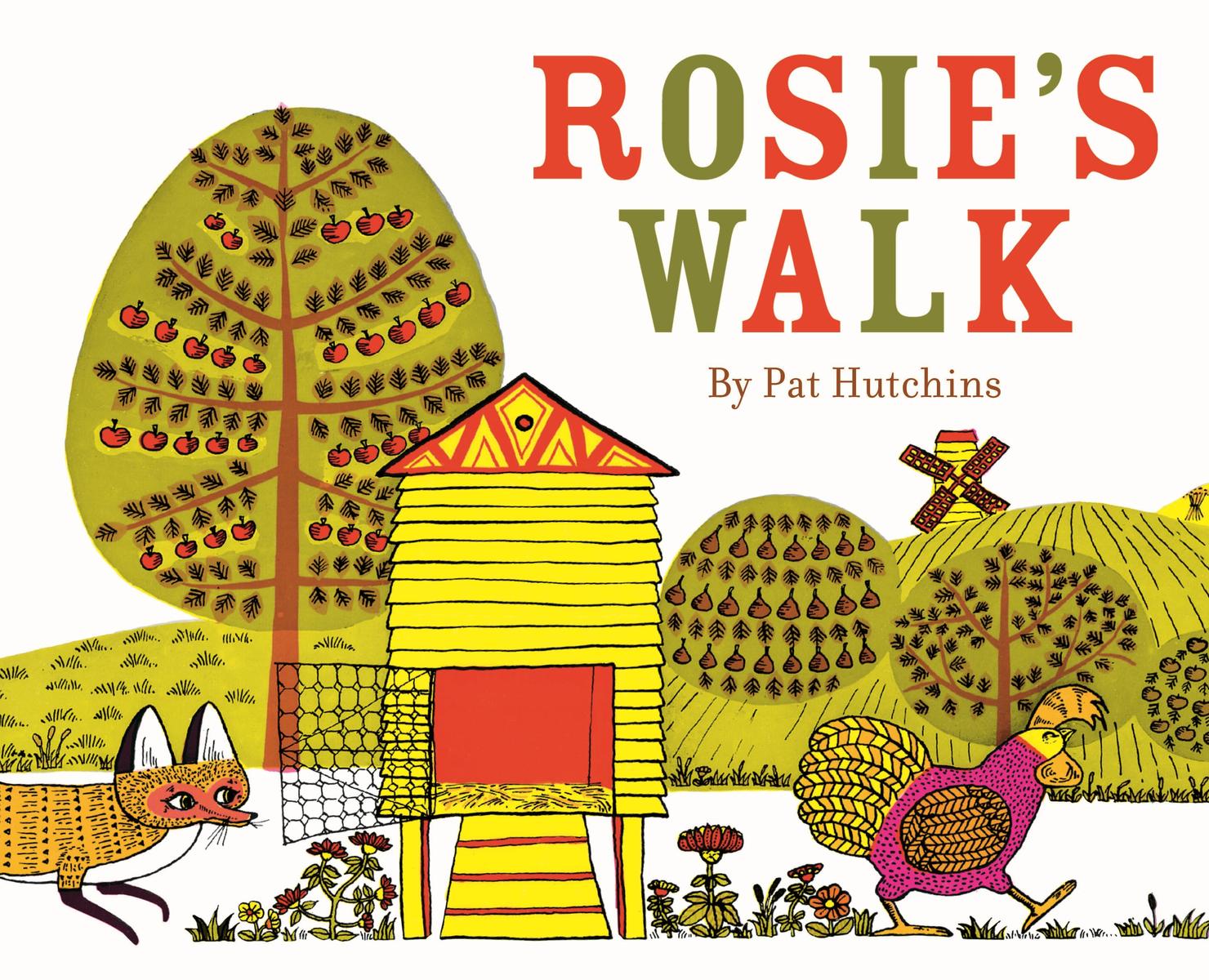Maths
I persist to be the best mathematician I can be.
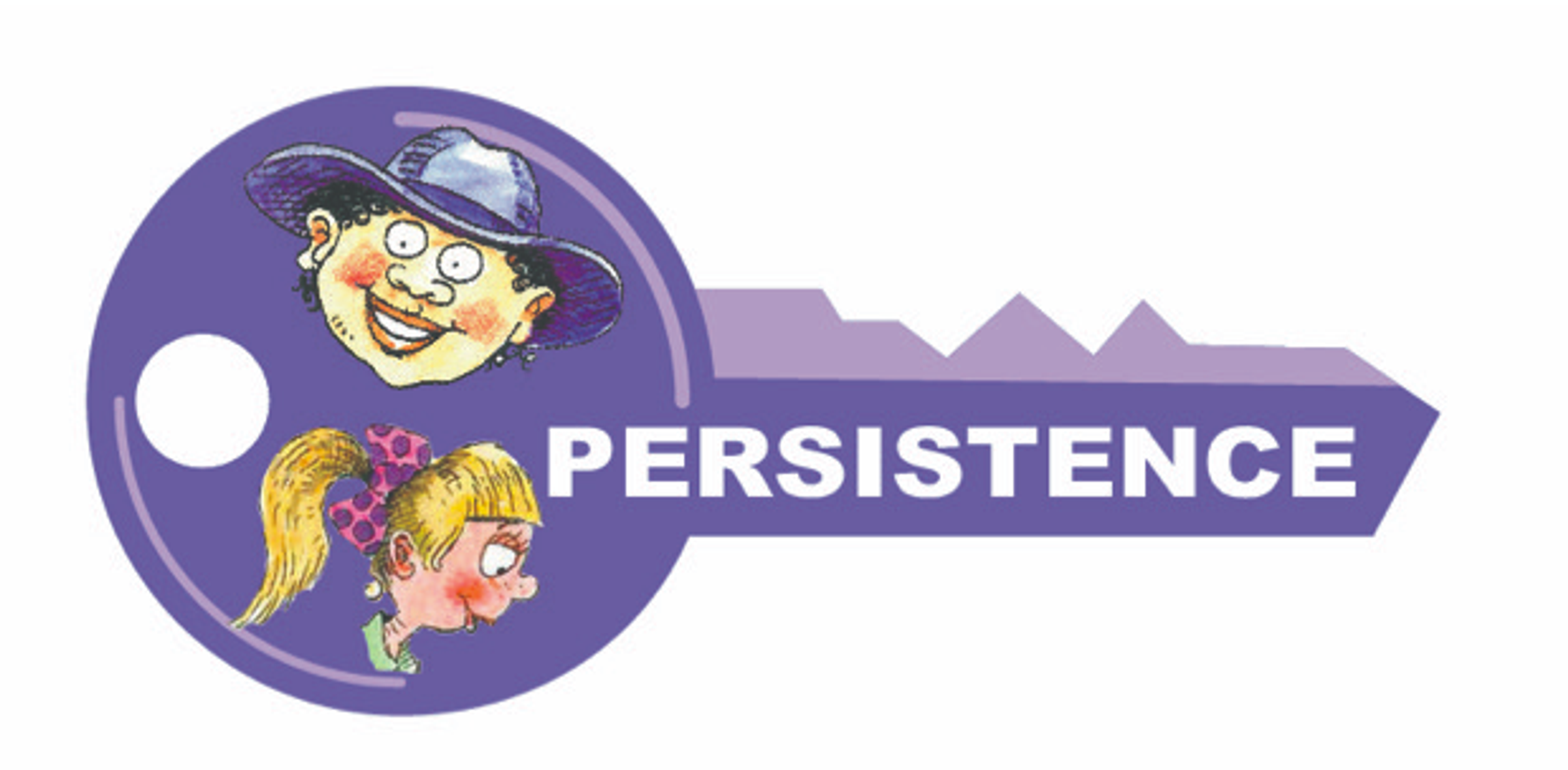
Maths
I persist to be the best mathematician I can be.
“Teaching and learning the language of mathematics is vital for development of mathematical proficiency. Students’ mathematical vocabulary learning is a very important part of their language development and ultimately mathematical proficiency.” Riccomini, Smith, Hughes and Fries
Math language is rich
Maths language is complex...but integral to our understanding
Symbols are important
Numerals are important
WORDS are important.
Maths talk matters
A large emphasis of our program is put on vocabulary. To be proficient mathematicians, student need to be able to describe, compare, reason and justify. They need to know and understand many mathematical 'words' to do this.
Some focus vocabulary for the Semester includes:
Number
order
between
before
after
sum
plus
add
altogether
total
forward
backward
more / less
Measurement
length
even
gap
straight
measure
big / large
small / tiny
short / shorter /shortest
long / longer /longest
tall / taller / tallest
heavy / heavier/ heaviest
light /lighter /lightest
more /less
Students will engage with hands-on activities where they will compare objects to decide which is longer or shorter, larger or smaller or holds more or less.
Much of the second semester will have a length, mass and capacity focus where students will experiment with measuring using varied objects such as counters, beans, water, rice and blocks. Children will be able to choose the best unit for measuring, using only one object at a time. Using familiar everyday objects, students will experiment with measuring the length of different shapes and surfaces and will investigate the impacts of gaps and overlaps in measuring and their impact on the total length.
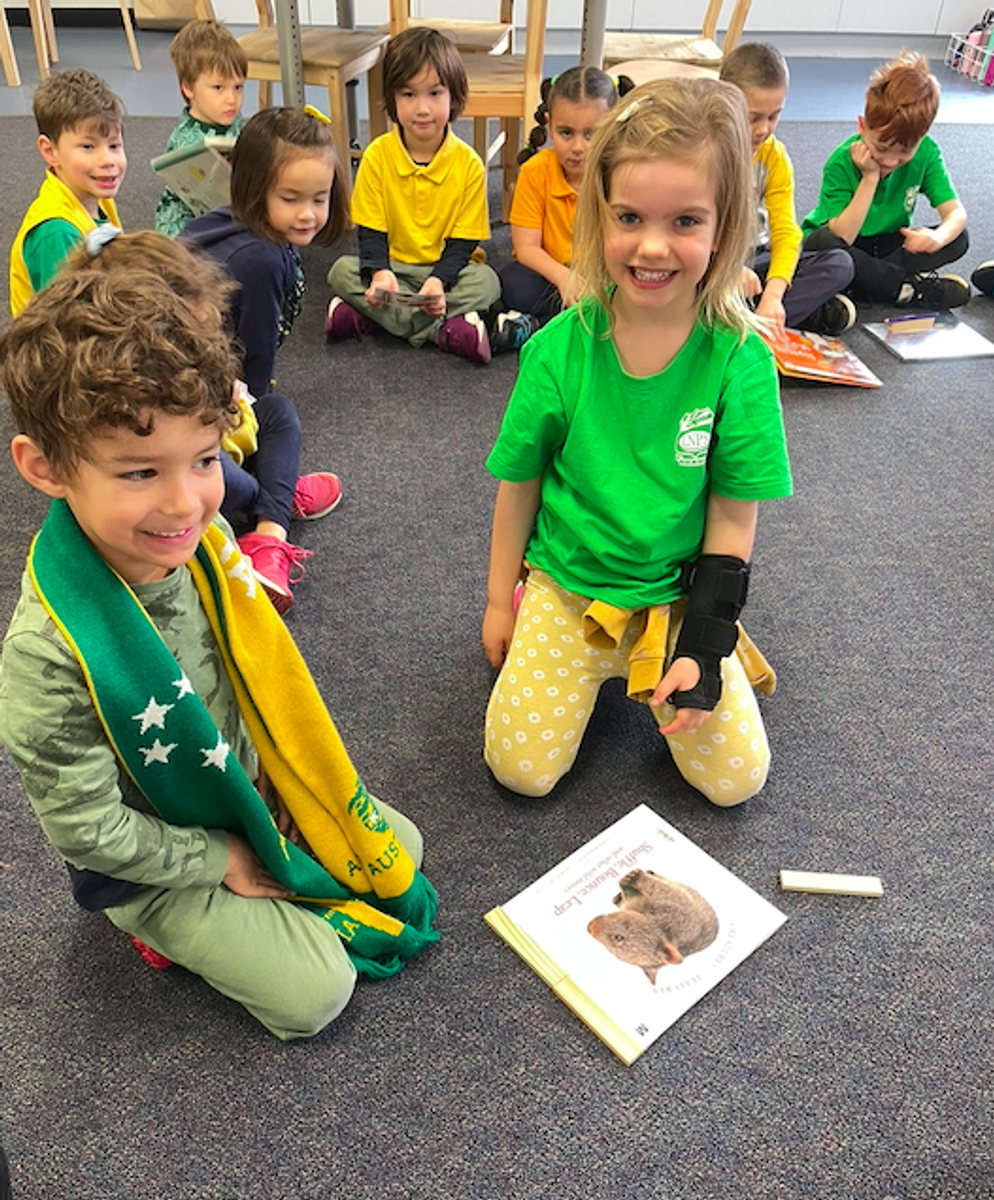
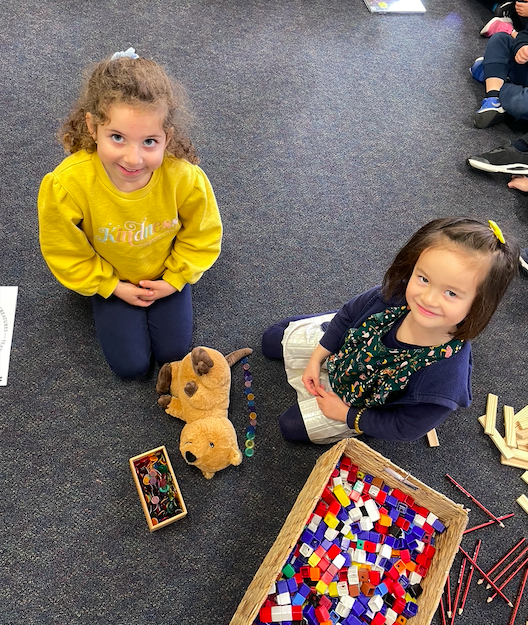
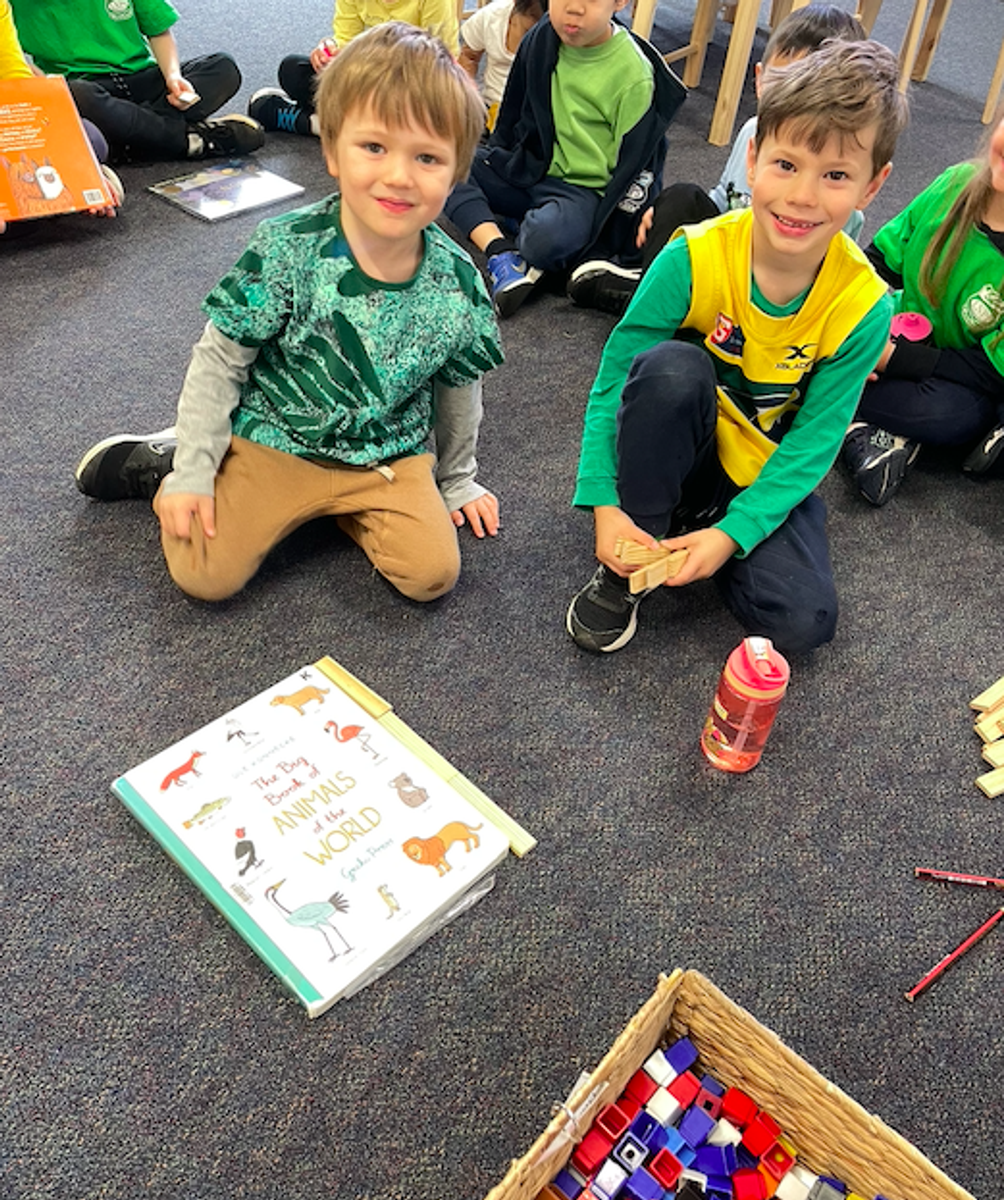
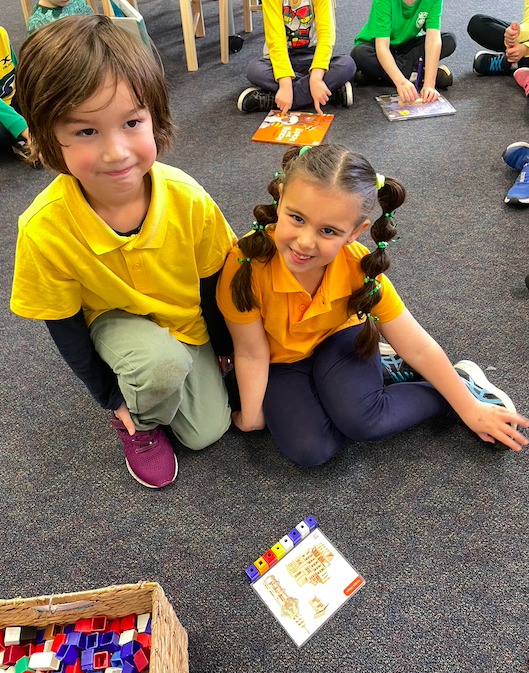
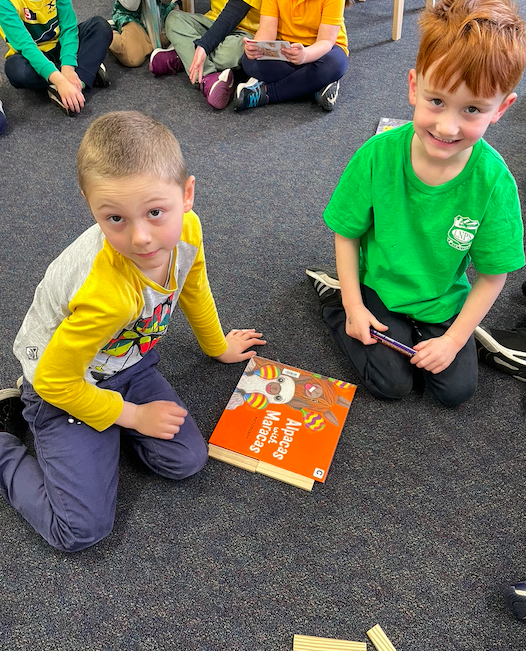
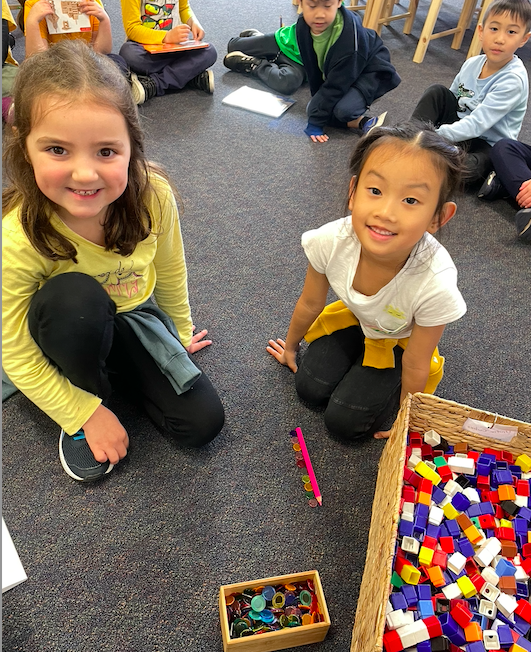
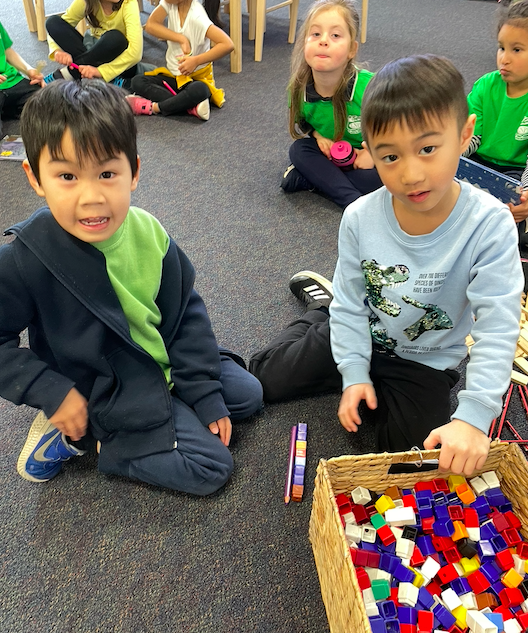


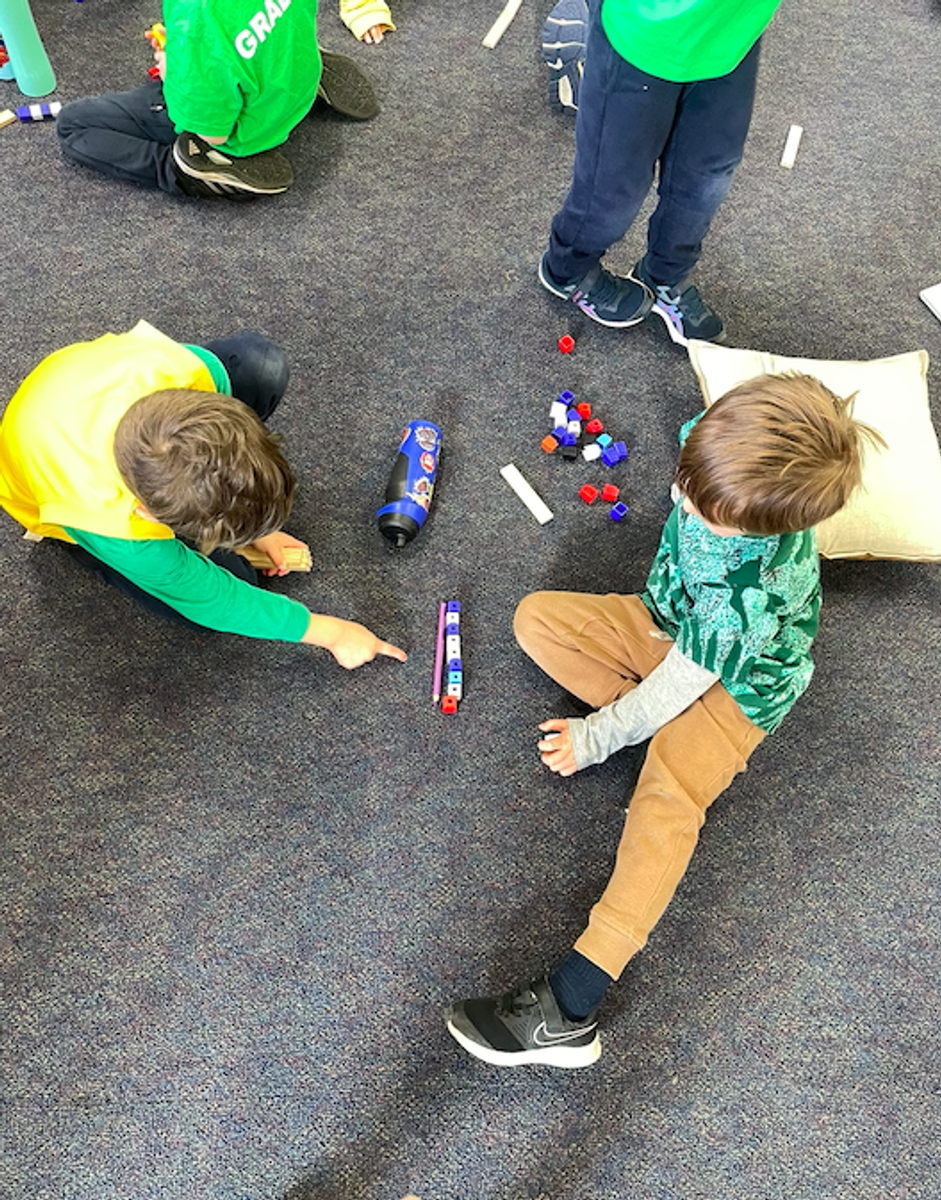
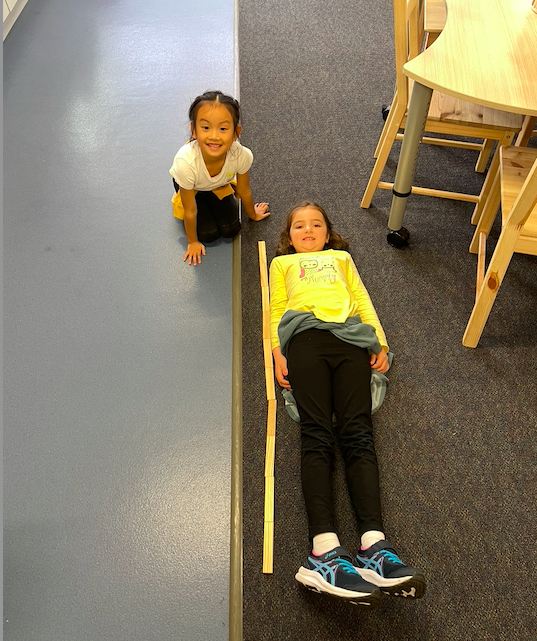


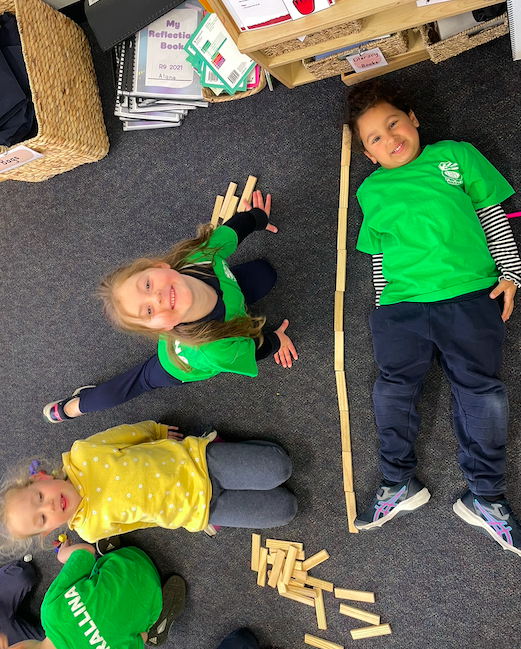
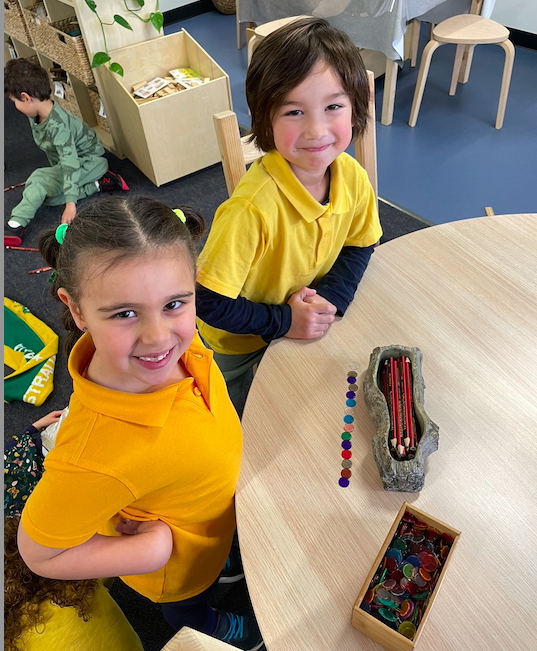

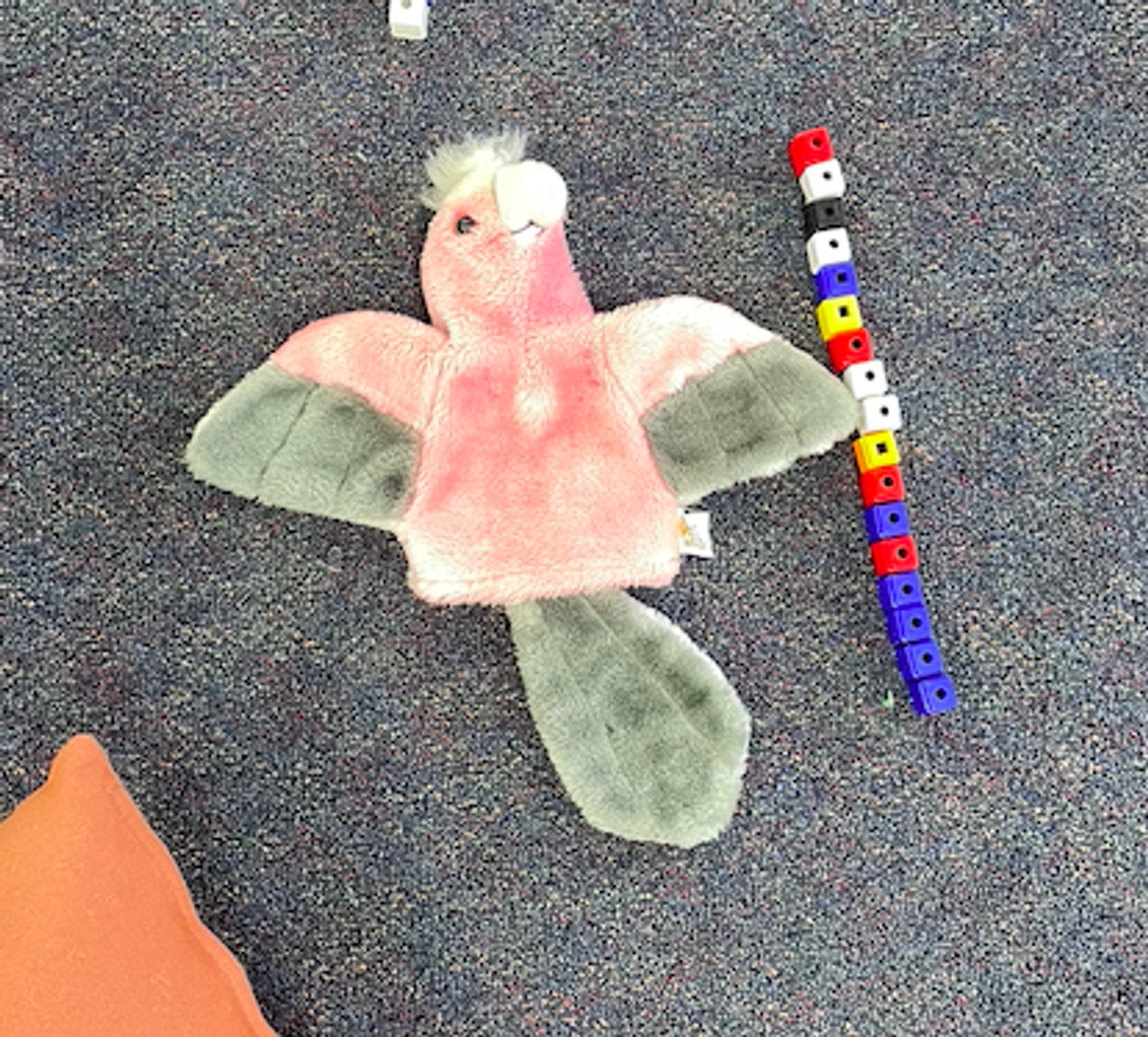
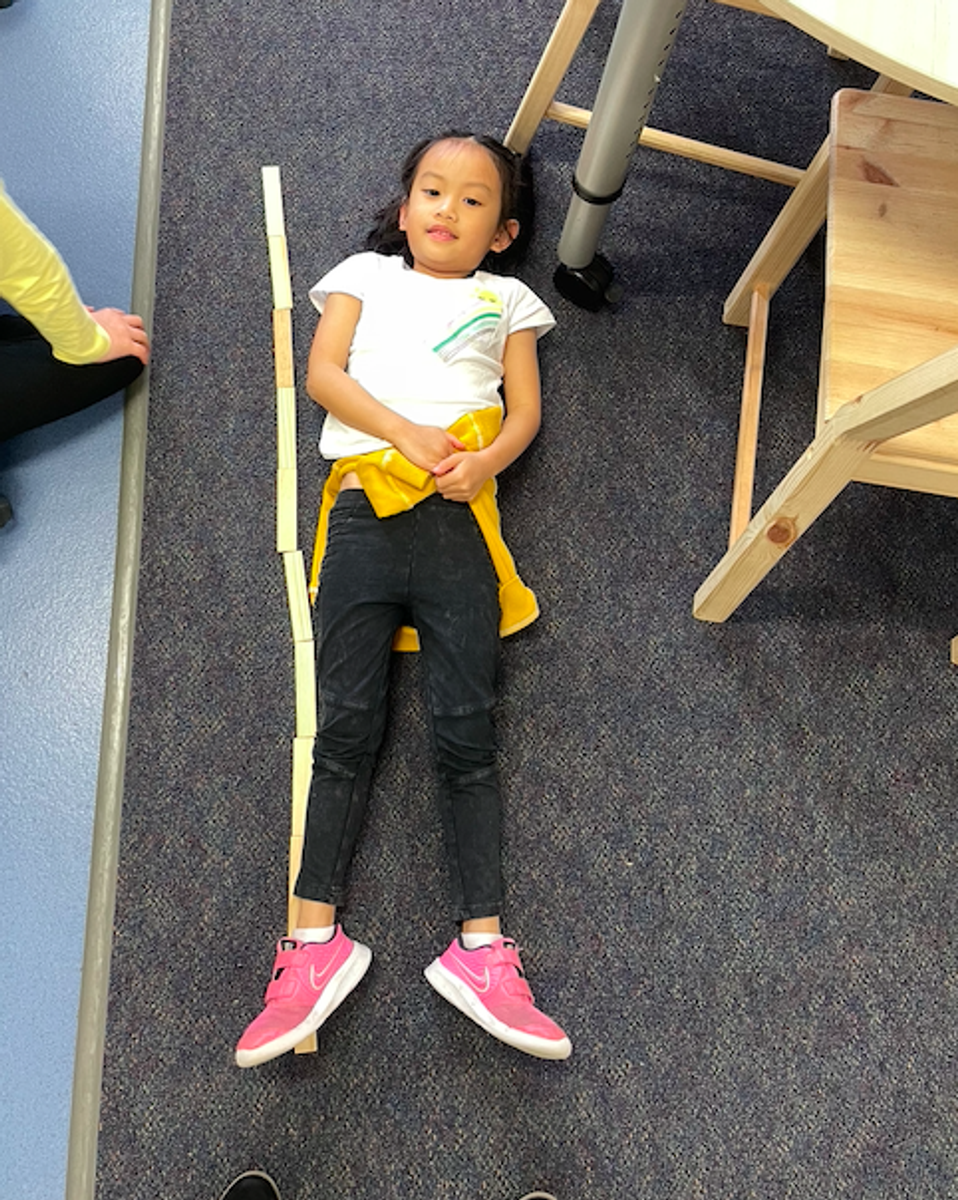
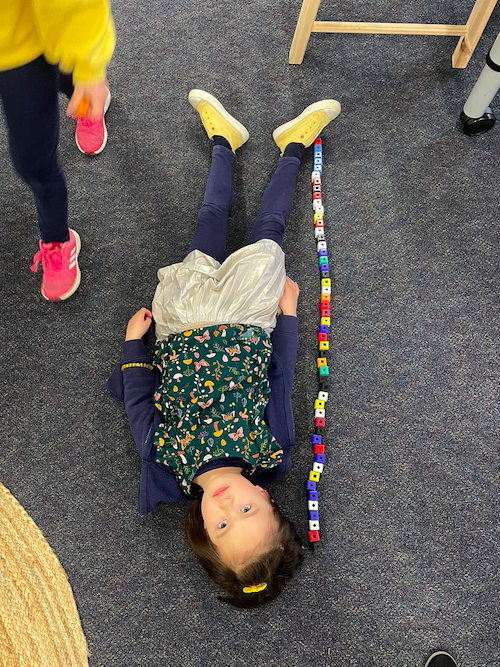
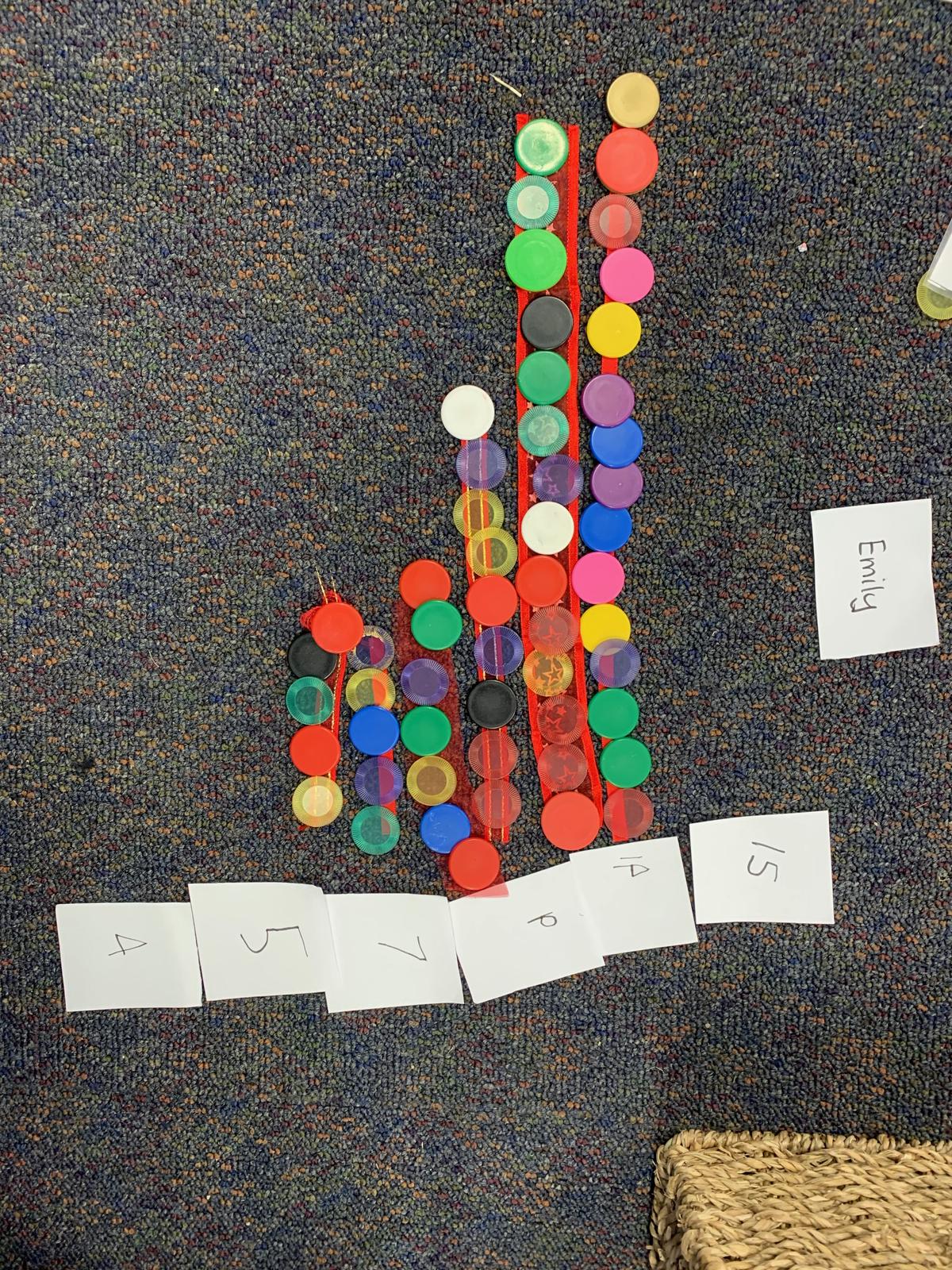

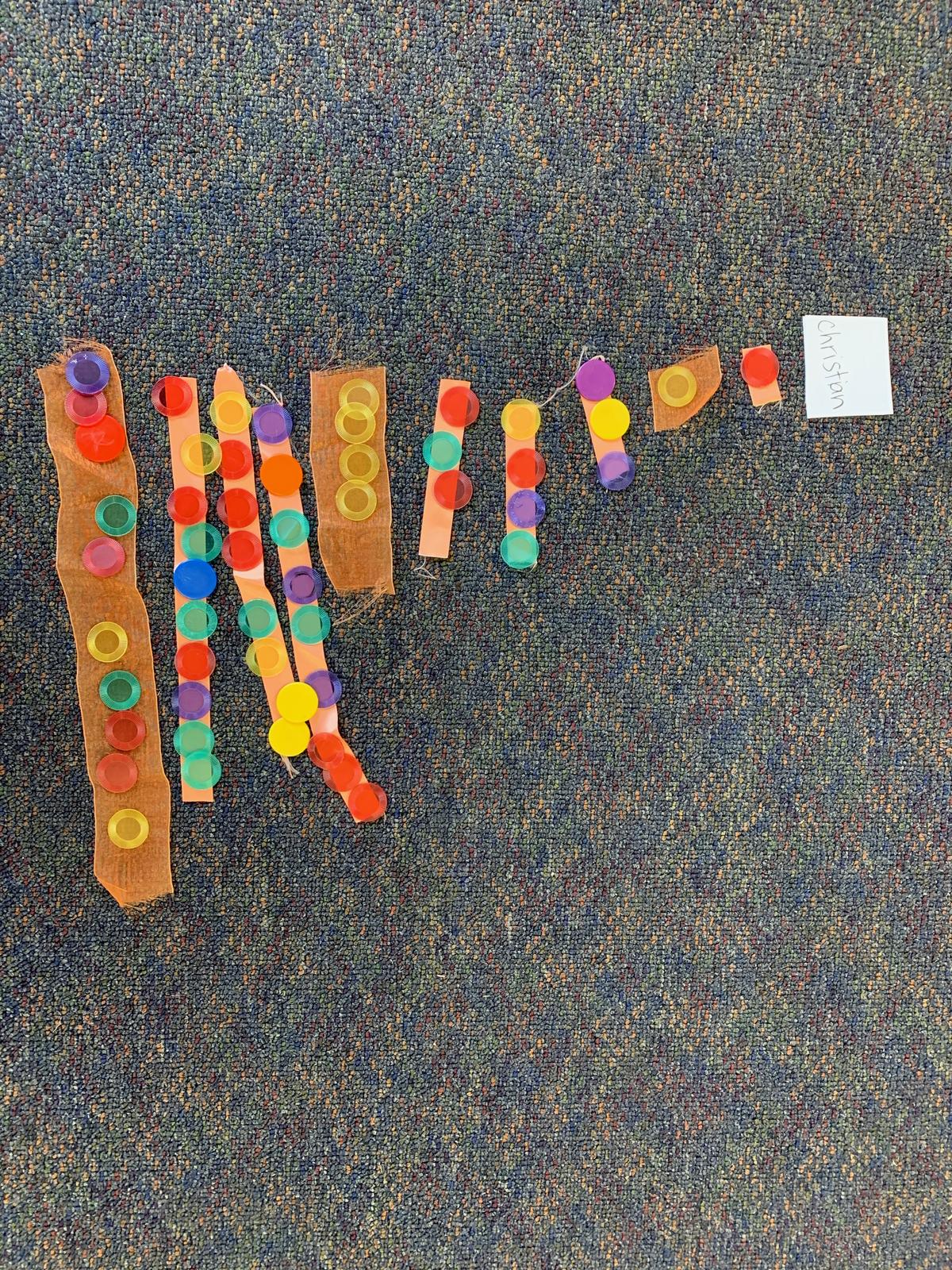






















Reception students will have the opportunity to investigate how much an object can hold and will begin to make comparisons between objects, understanding that the size and width of the container affects its capacity.
Together students will be involved in constructing word walls with key measurement vocabulary such as length, gap, overlap, shortest, short, tall, narrow, wide, longer, shorter, empty, half empty, full, half full, nearly full, nearly empty, least and most.
Students will inquire into the days of the week and engage with activities where they will place them in order and link specific days to familiar routines (e.g. School days, weekend).
We will be focusing on further developing the children’s understanding of number and algebra from the Australian Curriculum.
In Semester One, our focus was on numbers 1-20. This will be further consolidated in Semester 2. The aim to build a solid, consistent transferable understanding, also known as mastery.
Once mastery to 20 is built, we will begin to explore larger numbers 20-50, then beyond to 100.
Key learning for these stages (1-20) (20-50) (50-100) include:
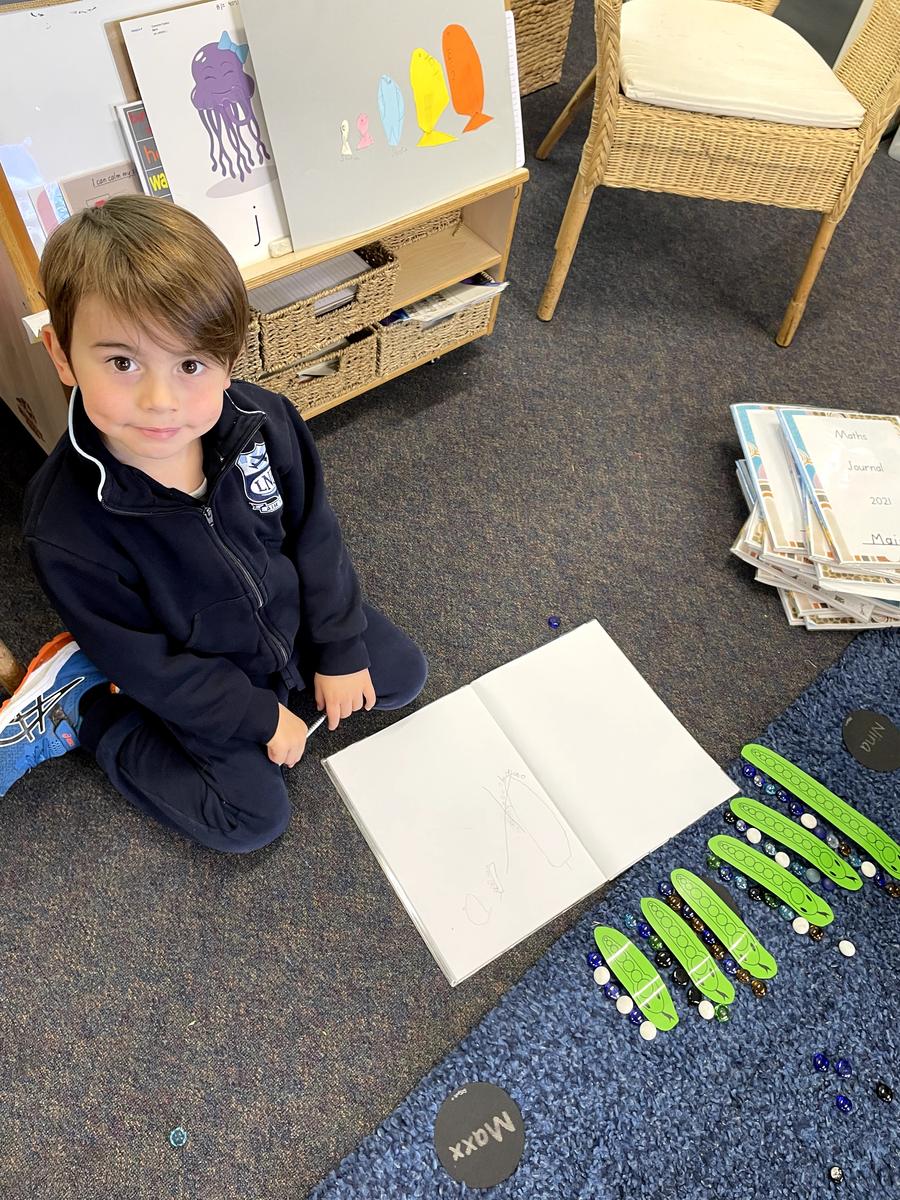
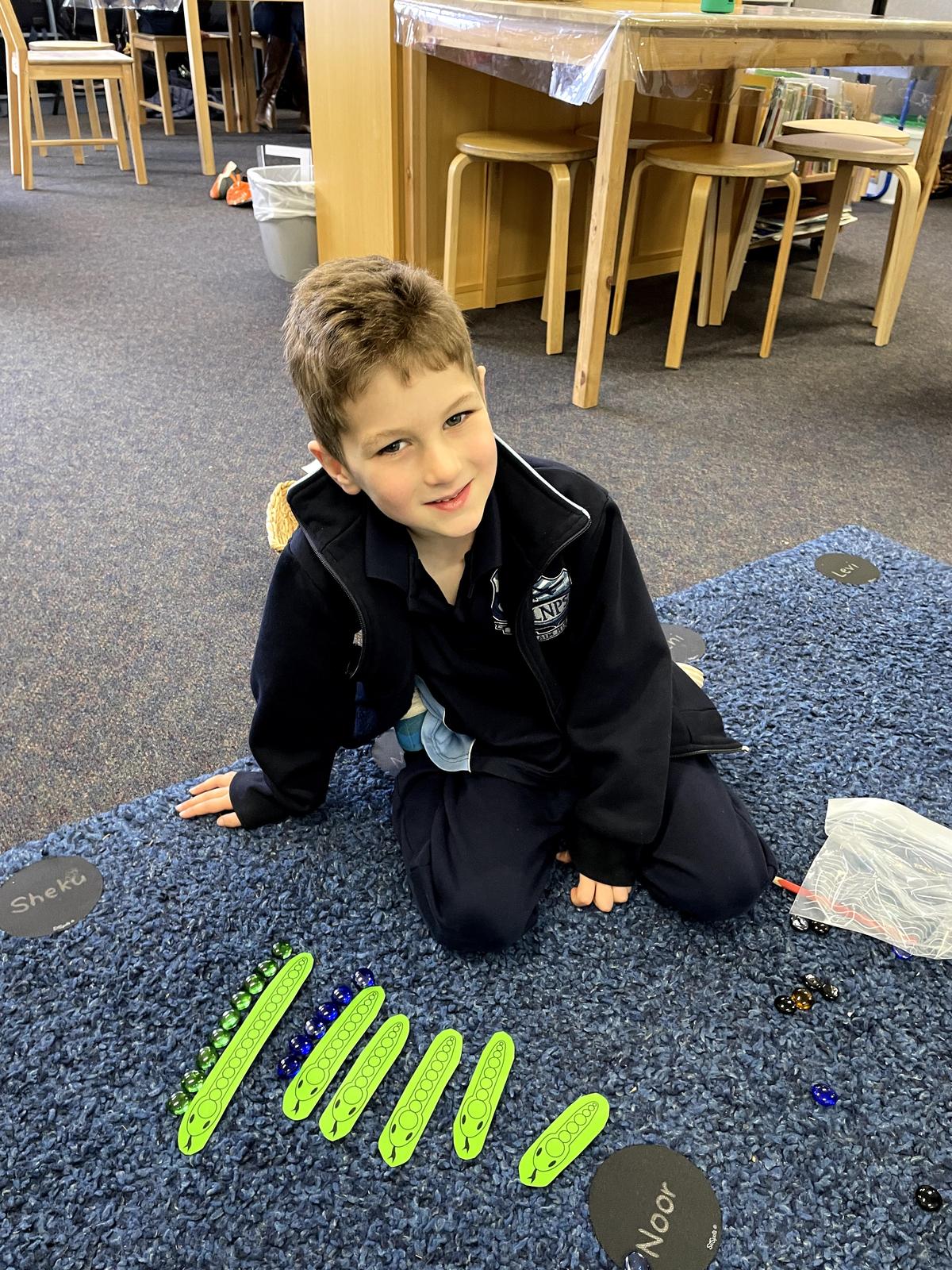
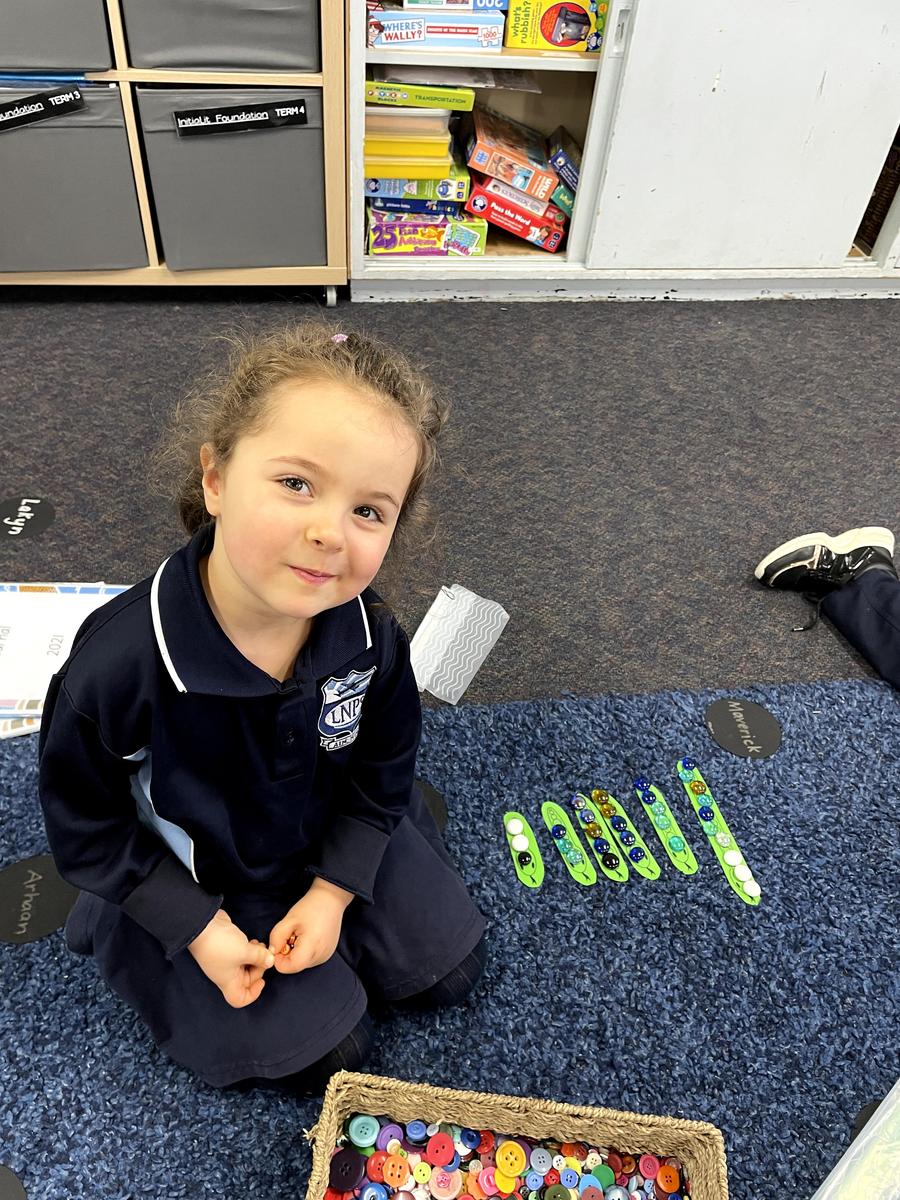
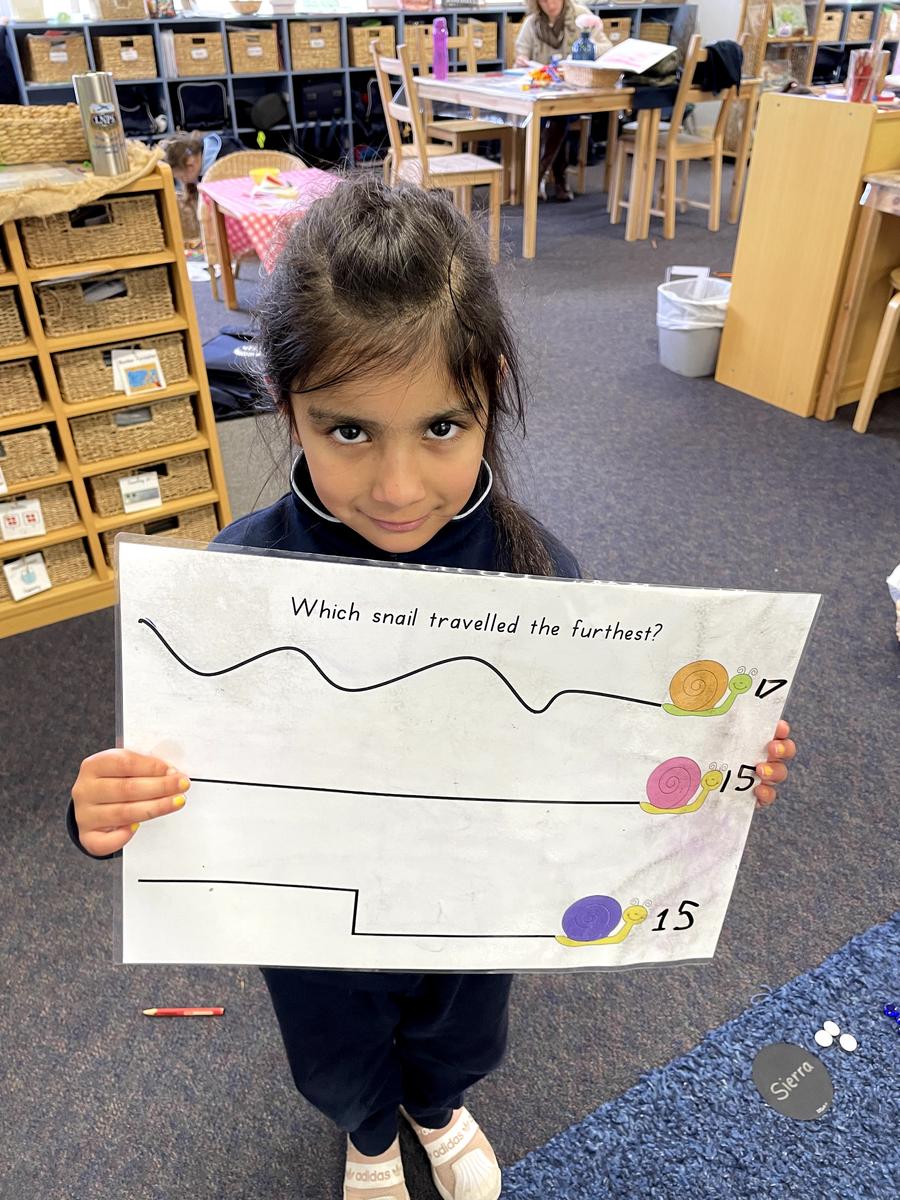
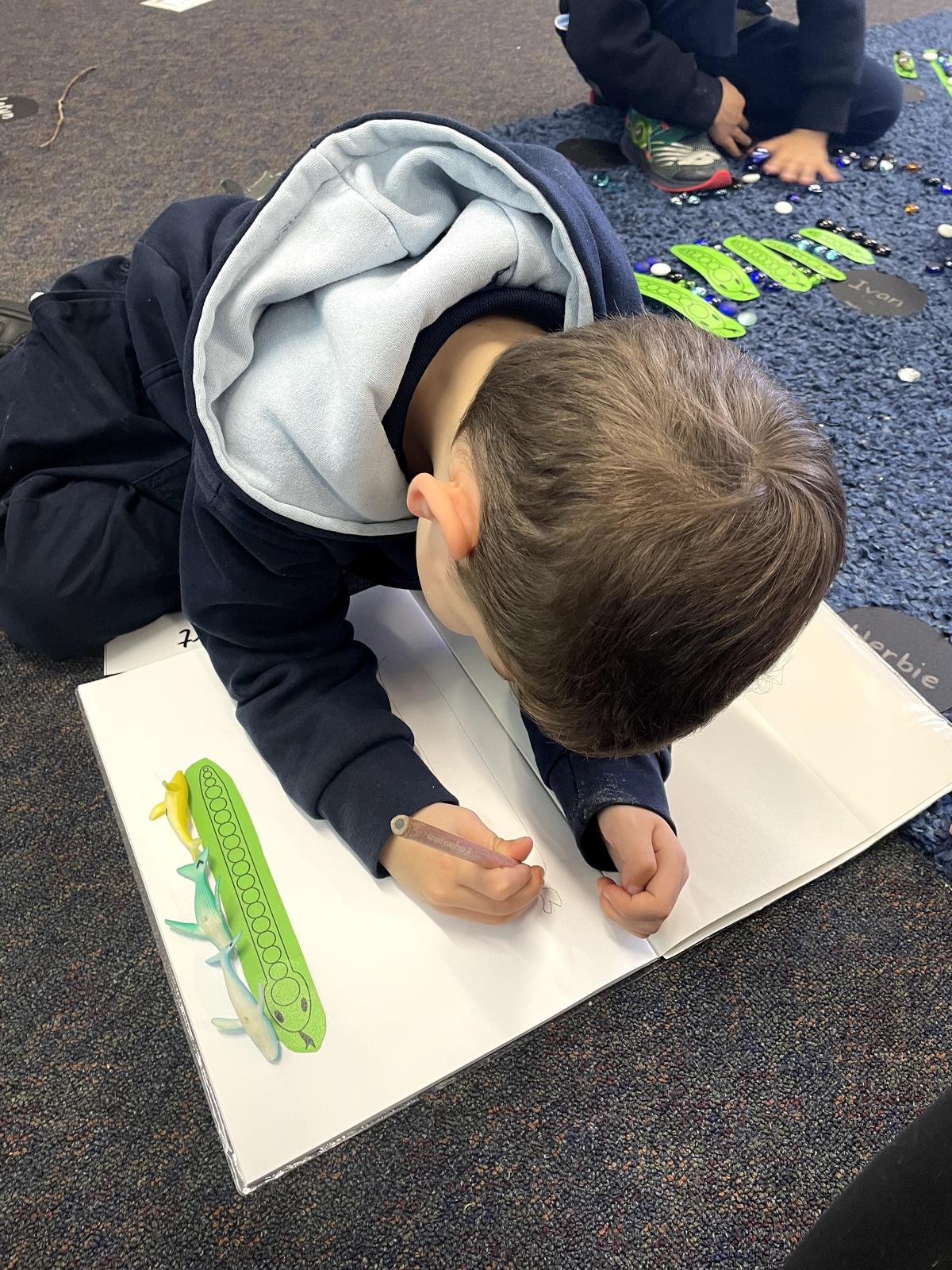
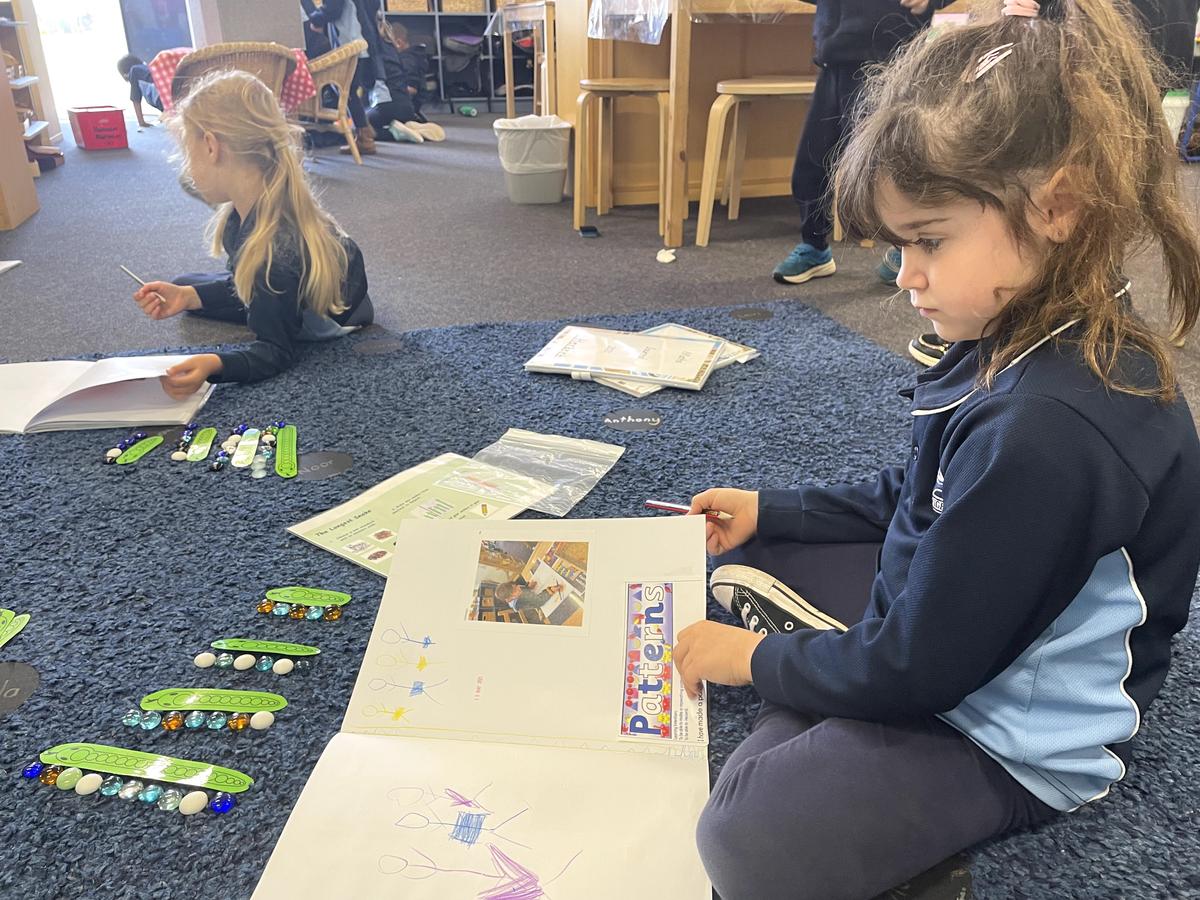
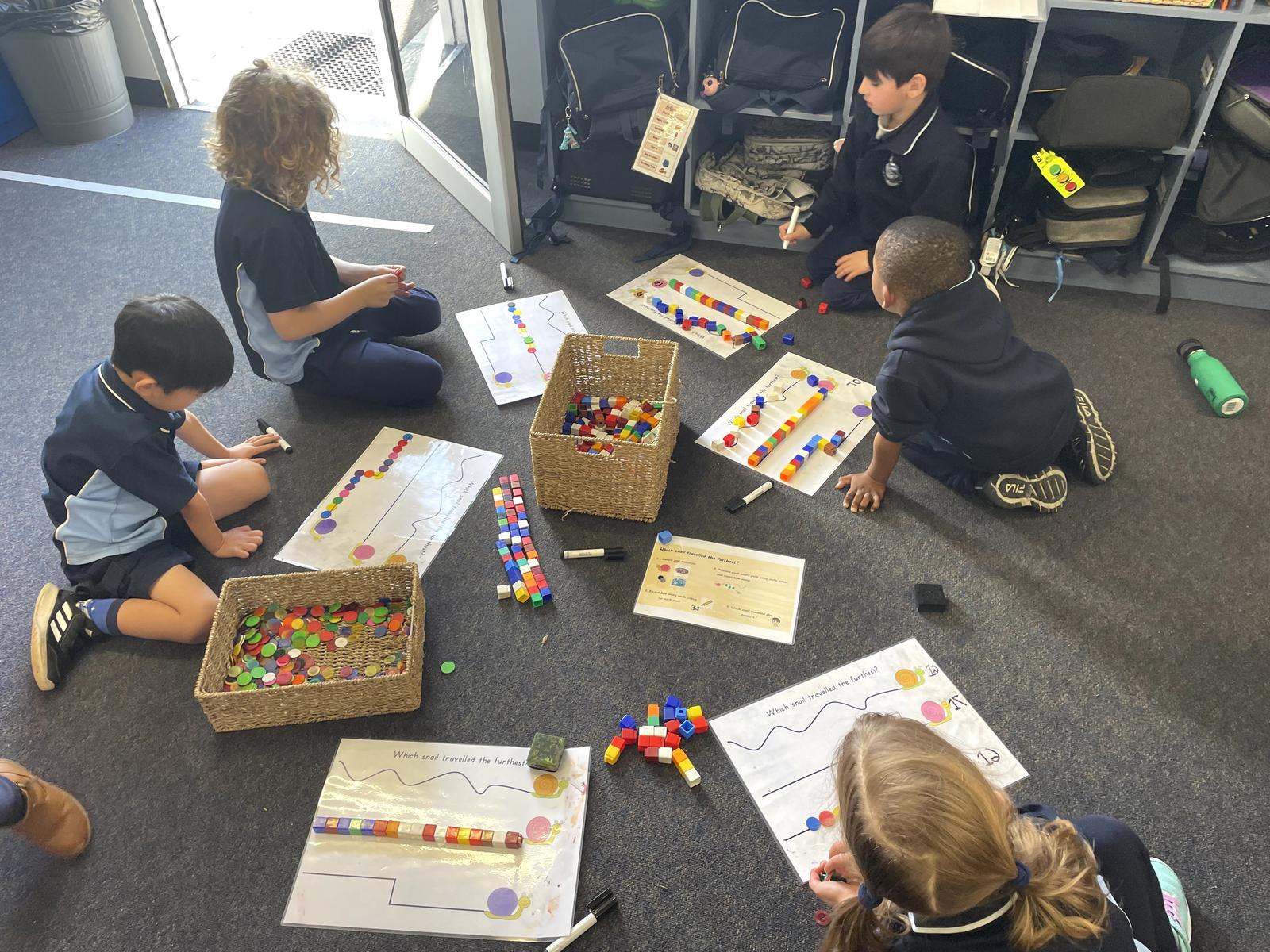
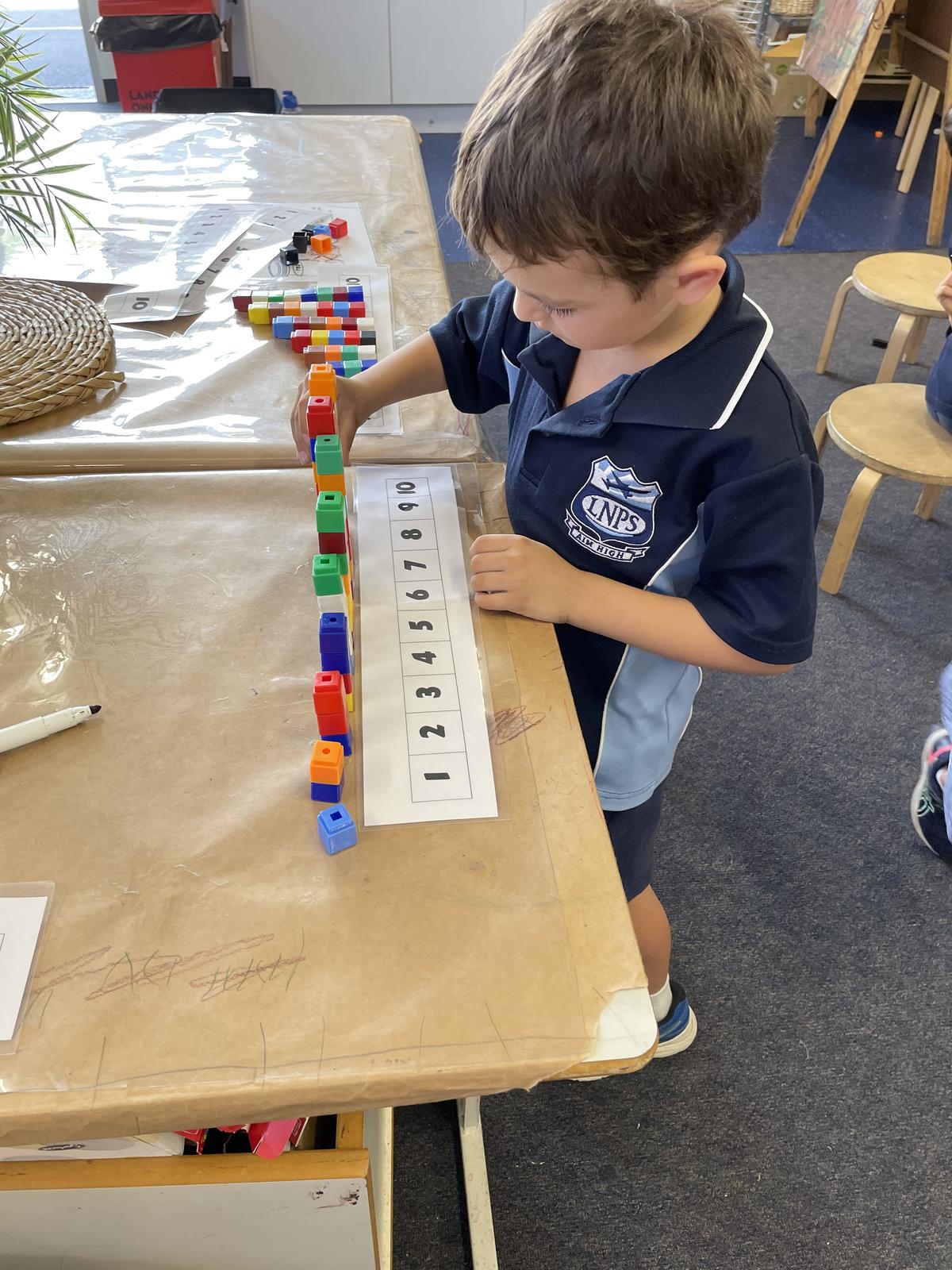
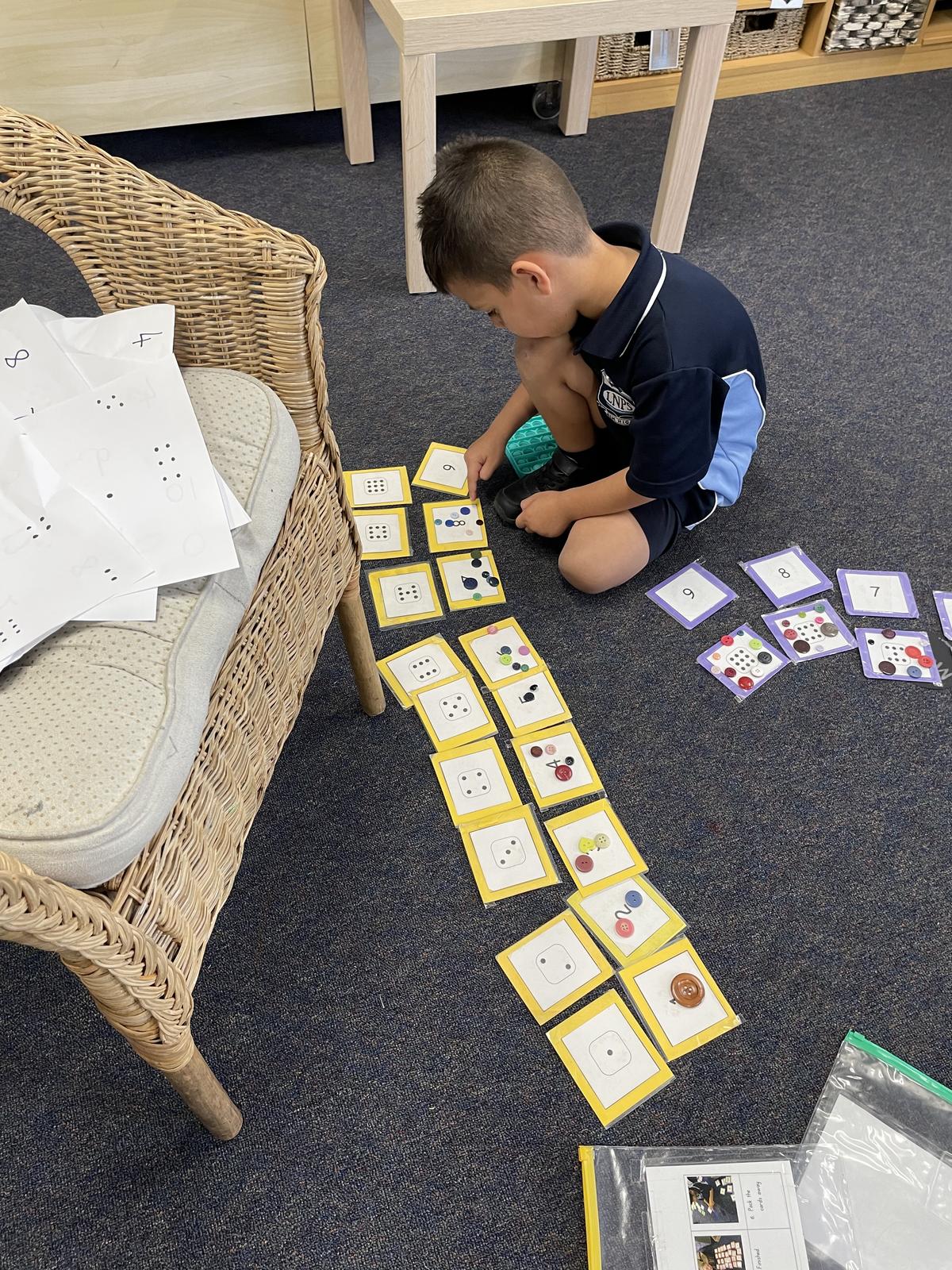
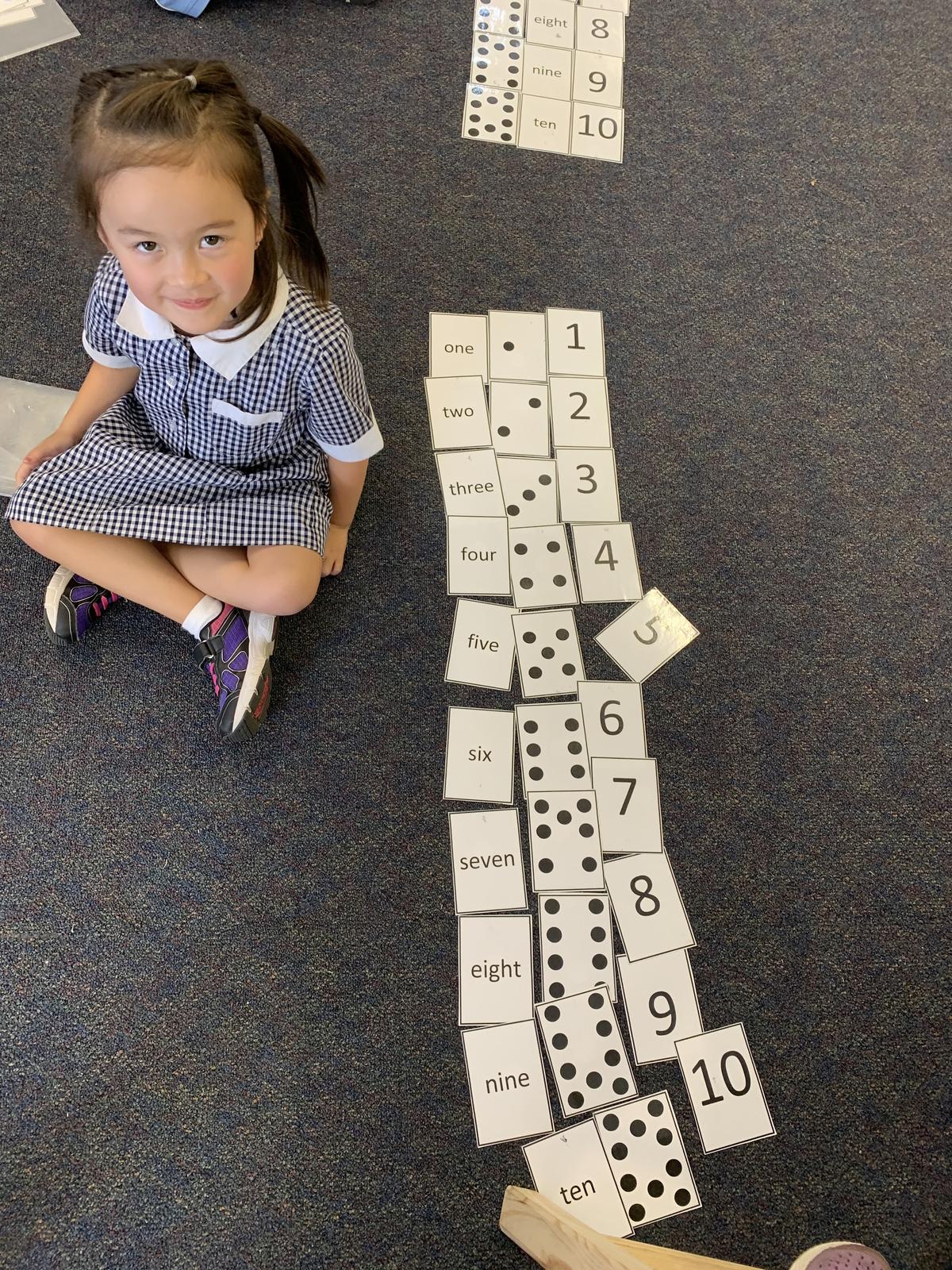
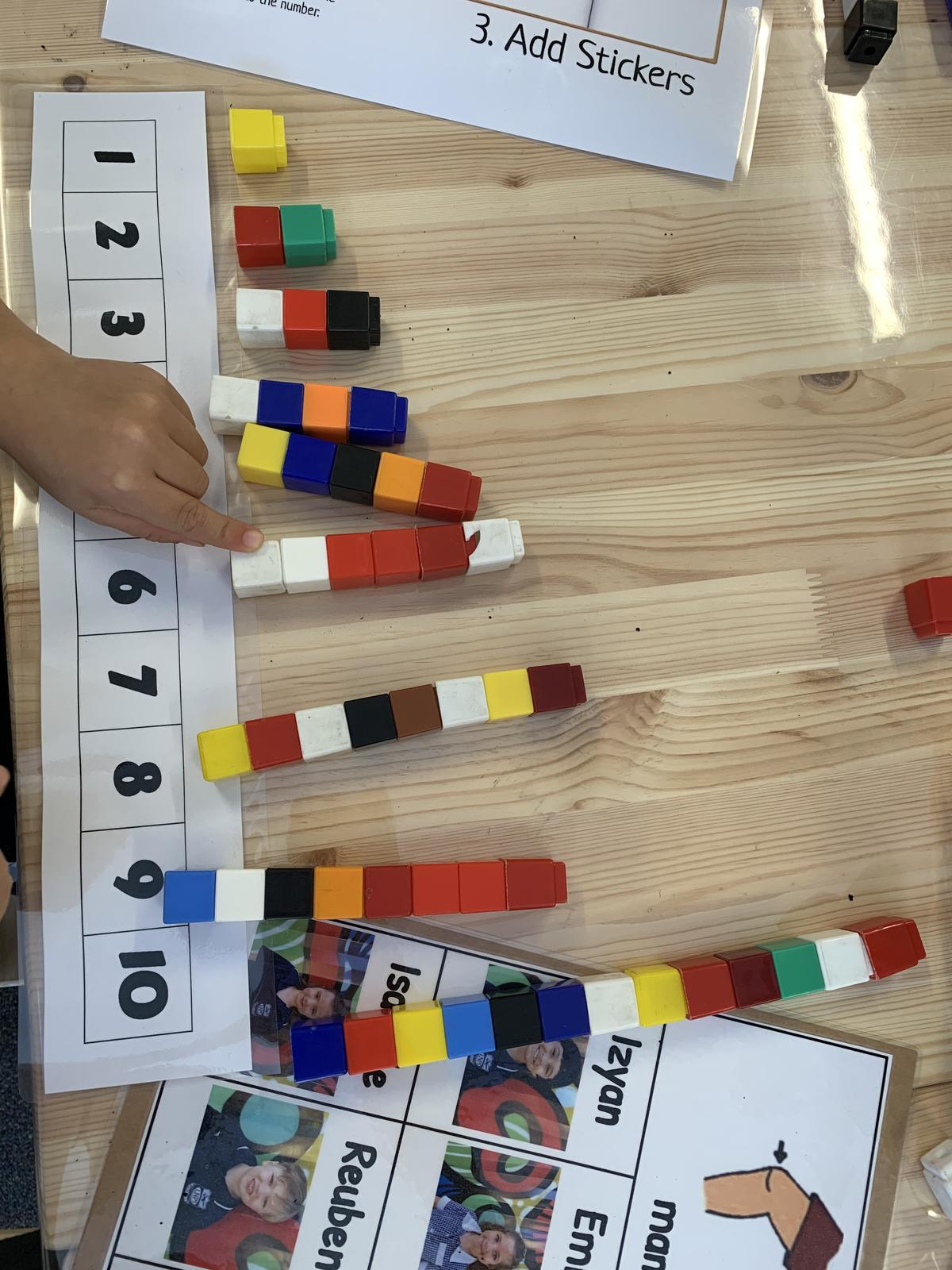













To achieve mastery, students will be explicitly taught these efficient number sense and counting strategies.
Subitising – immediately recognising how many items in a small group without counting.


Children will be explicitly taught the efficient counting strategies such as:
Pairs to 10- pairs of numbers that add up to 10 (9&1, 6&4 etc)


Doubles- identifying objects/numbers that occur in pairs automatically, e.g. (5 and 5, 4 and 4, 2 and 2).
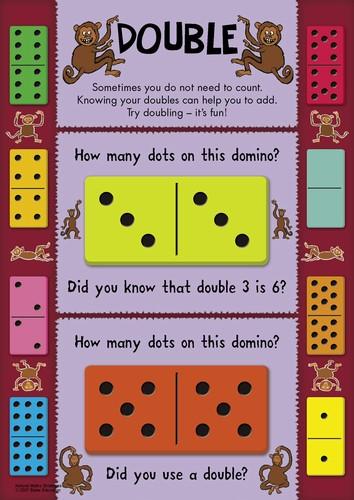

Skip Counting- by 2's, 5's and 10's.
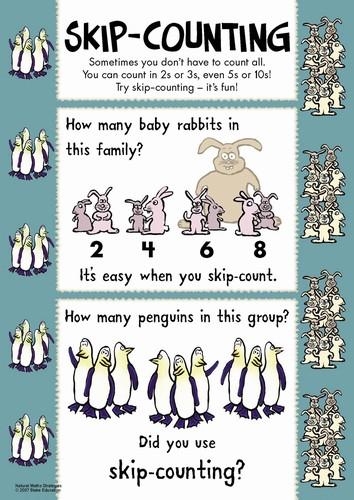

Counting On – understanding that the counting sequence can be continued from any starting point. Children need to remember to always count on from the largest number. For example, if there were 4 apples and 2 more apples, they need to subitise the 4 and count on 2 more.
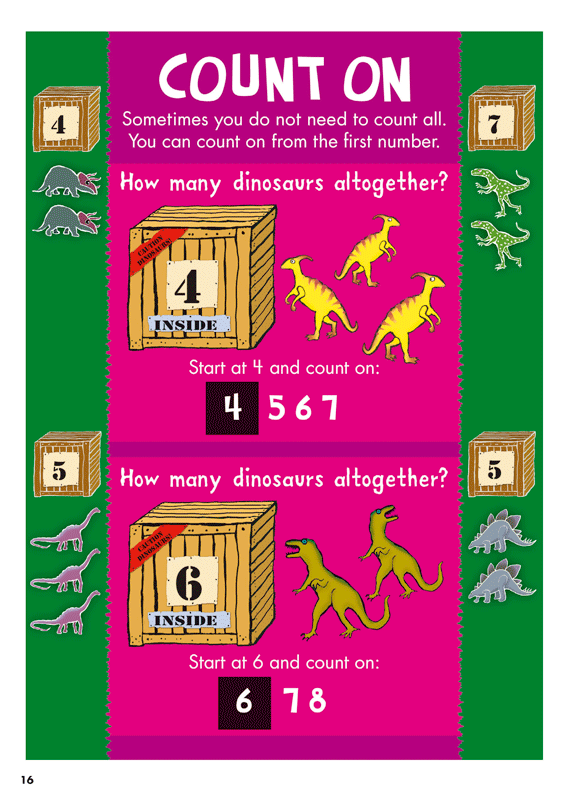

Children will develop their understanding of these strategies with the support of playing-card games and dominoes to develop their automaticity. This is also a great activity to do at home. The students will be able to teach you to consolidate their learning!
Reception students will continue to use their problem solving skills and apply these to measurement, location, shape and number problems. They will continue to have the opportunity to apply their strategies such as counting on and Rainbow facts in an authentic situation and further develop their recording skills to visually show their thinking.
Children will be involved in a variety of maths learning activities around data representation and interpretation. They will explore answering yes/no questions to collect information about their world. They will be introduced to tallies and investigate how to represent and analyse pictorial graphs.
Students will use the everyday language of location and direction, such as between, near, next to, forwards, towards to describe where an object is.
Children will have opportunities to give simple directions through games and activities.
Through Discovery Time they will create buildings, roads, cities and jungles and guide each other or objects through.
They will also explore coding using devices such as Bee-Bots.
Through physical activity and activities like obstacle courses and mazes, students will give clear directions to guide others through successfully!
